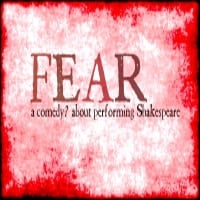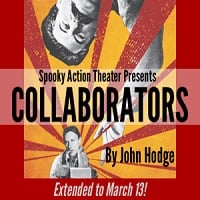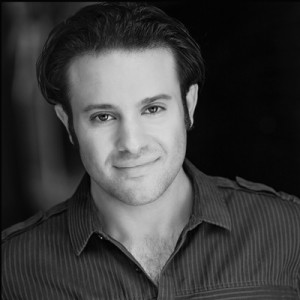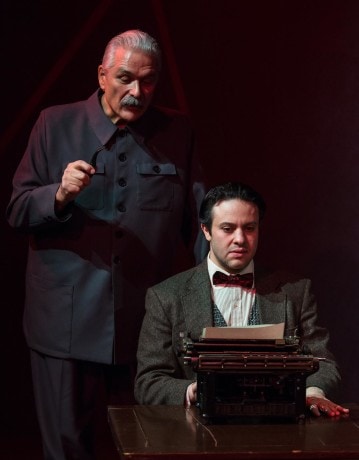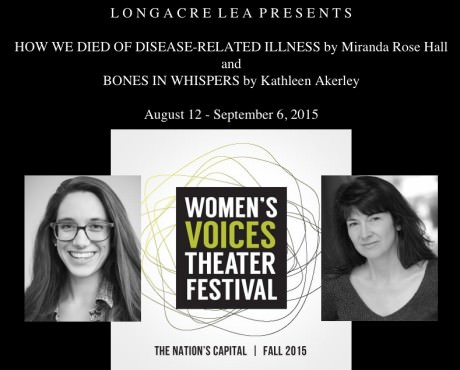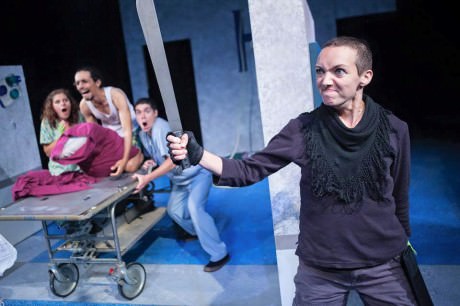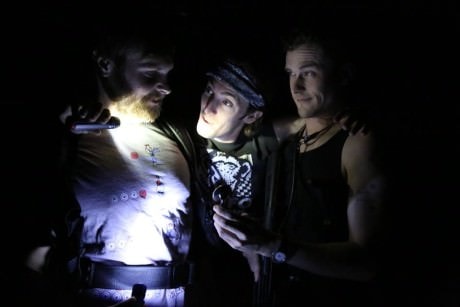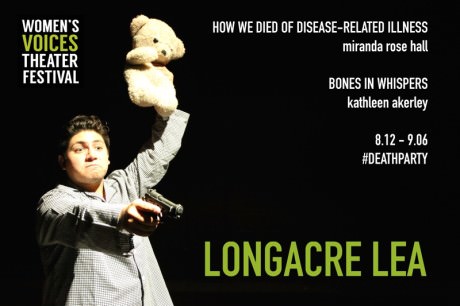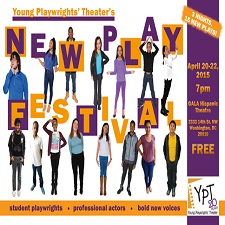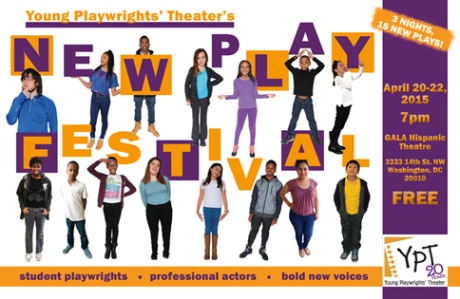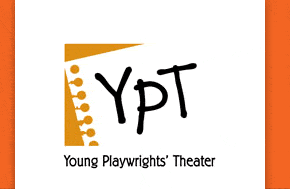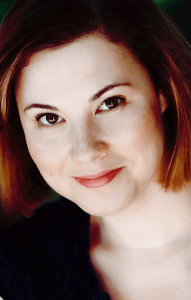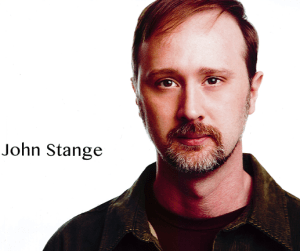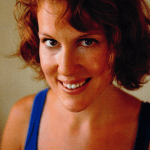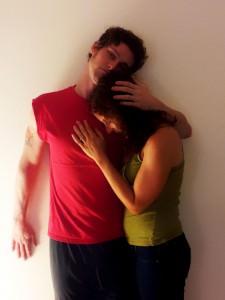Let’s say a wealthy patron approaches an ensemble theatre company with a proposition: “Shakespeare? Why so much Shakespeare? Why so revered? Surely, other playwrights deserve having theatre companies named after them as well?”
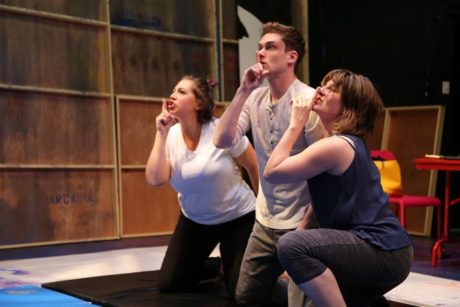
Theatre people will probably have their answers. I have mine: after all, Shakespeare is America’s number one playwright (mistake intentional). When Peter Sellers opened his American National Theatre at the Kennedy Center in 1986 he did so with Henry IV, Part 1, saying: “I want to reclaim Shakespeare for Americans.”
The only thing more absurd than Sellers’ comment about “reclaiming” Shakespeare is the fact that many Americans probably think that Shakespeare is already American.
In Longacre Lea’s world premiere production of Kathleen Akerley’s Fear, the question of “why Shakespeare?” is tackled head-on: a wealthy patron, a company, a proposition, etc.
You won’t find any answers in Fear, even as the workshop explorations of Hamlet and Macbeth make for some entertaining theatrical fun.
Seven actors and a patron gather in a theatre to explore different directorial concepts of the Bard’s plays. There is Dune meets Macbeth, Graphic Novel meets Macbeth, Grotowski meets Macbeth (or is it Hamlet [Silent, Nude, or as Solo Show]). Either way, you get the drift: Shakespeare as anything but.
Supposedly, the company is exploring the depths of what makes the American “public” (more so than the theatre professional) so obsessed with a dead, 400-year-old white guy from England.
Akerley’s concept is a good one. With the wealthy patron acting as the on-stage theatre-goer’s representative, the play works as an entertaining didactic drama about the theatre’s role (versus playwright’s role) in production: for many, it might not be pretty watching the making of theatrical sausage, but then neither is childbirth.
Séamus Miller, Ashley DeMain, Michael Glenn, Matthew Alan Ward, Jennifer J. Hopkins, Vince Eisenson, and Tom Carman play the company’s actors, with Amal Saade as Penelope, the wealthy patron.
The ensemble work is particularly strong as they tackle each style with a combination of earnestness and comic parody.
To be sure, the situations between and among the actors outside of the “experiments” in performing Shakespeare are less developed, even though they occasionally flare up to make for dramatic tension. On occasion, they even lead audience members to believe that the plot of Fear has a traditional throughline of action.
Perhaps ironically, the script remains exactly what it is: an exploration of Shakespeare using various theatrical styles and techniques. Attempts to make it more than that bloom into being only to disappear like a tulip in early summer.
Akerley directs her own play, which has its advantages and disadvantages: the production would have been strengthened, i.e., tightened, by cutting some of the redundancies.
The production team consisted of Gail Stewart Beach (Costumes), John Burkland (Lighting), Elizabeth Jenkins McFadden (Scenic Design), Britney Mongold (Scenic Artist), and Neil McFadden (Sound). The scenography, though simple, was effectively workmanlike.
Fun fact: eight of Shakespeare’s plays mention “fear” 20 or more times. Of those eight plays, seven mention “love” five times more often.
Macbeth is the only Shakepearean play where the word “fear” dominates “love.”
That might be why this theatrical exploration is named Fear. Then, again, maybe not.
Fear is for anyone not afraid of a little theatrical experimentation.
Running Time: 2 hours and 45 minutes, with a 15-minute intermission.
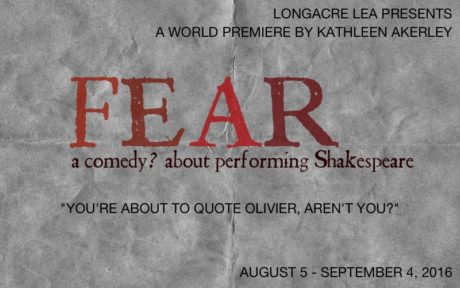
Fear plays through September 4, 2016 at Longacre Lea performing at The Callan Theatre at The Catholic University’s Drama Complex – 3801 Harewood Road NE, in Washington, DC. Tickets are available online.
RATING: ![]()
